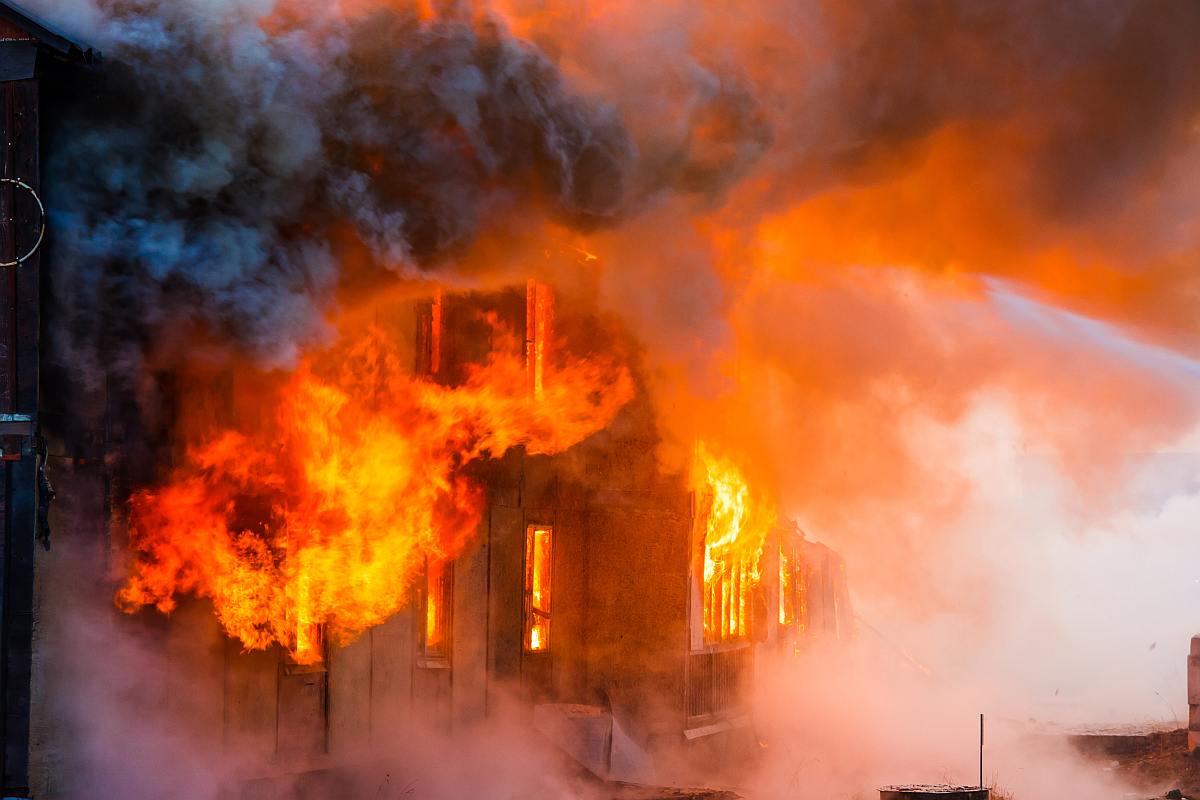Another familiar tragedy that has left dozens of poor families devastated, another senseless loss of lives, another round of political bickering over an event that could so easily have been prevented. The fire that engulfed a factory in north Delhi’s congested Anaj Mandi area on Sunday morning, claiming the lives of 43 sleeping labourers, occurred only because of the negligence of the authorities. The building was not supposed to house a factory, had no fire safety clearances, no fire safety equipment, flouted laws by allowing employees to sleep in the dingy, ill-ventilated premises and, according to reports, even employed child labour.
How could this have been overlooked by all the agencies concerned over the years? Did the authorities turn a blind eye to all these blatant violations out of sheer apathy? What was the corporation doing? And how did the police not know that such blatant illegalities were being committed? Twentytwo years ago in Delhi’s worst fire tragedy, 59 people lost their lives, mostly due to asphyxiation, in Green Park’s Uphaar cinema hall, but no lessons seem to have been learnt since then. In November 2011, 14 people died and over 30 were injured when a fire broke out at a community function of eunuchs in east Delhi’s Nand Nagri locality. In 2018 a massive fire ripped through a firecracker storage unit in Bawana, leaving 17 people dead. In February 2019, a fire engulfed a four-storied hotel in central Delhi’s Karol Bagh killing at least 17 guests, of whom two jumped off the building in a desperate bid to save themselves. The Anaj Mandi fire has joined this ignominious list. Inquiries were ordered in all these cases but their outcomes remain hidden in layers of bureaucratic red tape.
Advertisement
While the BJP, which runs all the municipal corporations in Delhi, and the Aam Aadmi Party, that helms the Delhi government, trade charges over this latest tragedy, coming so close to the Delhi elections, the fact is that no concerted action plan has been worked out to prevent recurrence. No fire safety audits are carried out even as hundreds of such illegal units, tucked away in narrow streets of congested localities of the city that fire tenders find difficult to reach, continue to mushroom and flourish. Several residential areas in Delhi have been taken over by such factories which have no fire licences, sub-standard equipment and ancient wiring ~ in other words ticking time bombs just waiting to ignite.
The victims of these blazes are invariably poor migrants who come to the Capital to eke out a living under the most dire circumstances, exploited as they are by unscrupulous contractors out to make a quick buck. How many more tragedies will it take for the authorities to wake up to the necessity of a foolproof fire safety protocol?









